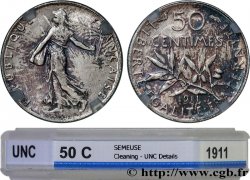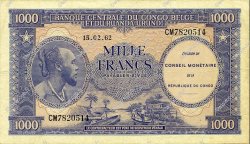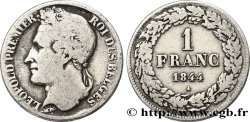Back 1/1
E-auction 511-423573 - fme_799439 - III REPUBLIC Médaille commémorative interalliée de la Victoire, Grande Guerre 1914-1918
You must signin and be an approved bidder to bid, LOGIN TO BID. Accounts are subject to approval and the approval process takes place within 48 hours. Do not wait until the day a sale closes to register. Clicking on « bid » constitutes acceptance of the terms of use of cgb.fr private e-auctions.
Bids must be placed in whole Euro amounts only. The sale will start closing at the time stated on the item description; any bids received at the site after the closing time will not be executed. Transmission times may vary and bids could be rejected if you wait until the last second. For further information ckeck the E-auctions F.A.Q.
NO BUYER'S FEE.
NO BUYER'S FEE.
| Estimate : | 15 € |
| Price : | 3 € |
| Maximum bid : | 7 € |
| End of the sale : | 30 January 2023 19:49:30 |
| bidders : | 2 bidders |
Type : Médaille commémorative interalliée de la Victoire, Grande Guerre 1914-1918
Date: 20/07/1922
Date: 1922
Quantity minted : 2.000.000
Metal : bronze
Diameter : 39,5 mm
Orientation dies : 12 h.
Engraver MORLON Pierre-Alexandre (1878-1951)
Weight : 20,67 g.
Edge : Lisse
Puncheon : corne BR
Coments on the condition:
Patine hétérogène. Présence de coups et rayures
Obverse
Obverse legend : ANÉPIGRAPHE.
Obverse description : Victoire ailée et laurée, drapée à l’antique, portant l’épée à droite et tenant dans chaque main tendue des couronnes de lauriers ; Nom du graveur en bas à droite : A. MORLON.
Reverse
Reverse legend : R - F / LA / GRANDE GVERRE / POVR LA / CIVILISATION / 1914-1918 / -.
Reverse description : Inscription en 6 lignes, avec un bonnet phrygien et couronne civique entre les deux lettres RF. Corne d’abondance BR à l’exergue.
Commentary
Diamètre sans bélière : 35,5 mm
Cette médaille, dite “médaille de la Victoire”, a été créée suite à la loi du 20 juillet 1922. Elle concerne tous les militaires ayant servi trois mois entre le 2 août 1914 et le 11 novembre 1918 dans la zone des armées.
Par ailleurs, l'article 10 de la loi de 1920 précise que : Le droit de la médaille est également acquis aux militaires qui ont été tués à l’ennemi ou qui sont morts des suites de blessure de guerre (…) et à ceux qui sont morts de maladies ou blessures contractées en service.
La médaille avait été réclamée par le maréchal Foch, commandant en chef des troupes alliées à la fin de la guerre, qui avait proposé la création d’une médaille commémorative commune à toutes les Nations belligérantes alliées.
source : https://fr.wikipedia.org/wiki/M%C3%A9daille_interalli%C3%A9e_1914-1918.
Cette médaille, dite “médaille de la Victoire”, a été créée suite à la loi du 20 juillet 1922. Elle concerne tous les militaires ayant servi trois mois entre le 2 août 1914 et le 11 novembre 1918 dans la zone des armées.
Par ailleurs, l'article 10 de la loi de 1920 précise que : Le droit de la médaille est également acquis aux militaires qui ont été tués à l’ennemi ou qui sont morts des suites de blessure de guerre (…) et à ceux qui sont morts de maladies ou blessures contractées en service.
La médaille avait été réclamée par le maréchal Foch, commandant en chef des troupes alliées à la fin de la guerre, qui avait proposé la création d’une médaille commémorative commune à toutes les Nations belligérantes alliées.
source : https://fr.wikipedia.org/wiki/M%C3%A9daille_interalli%C3%A9e_1914-1918.








 Report a mistake
Report a mistake Print the page
Print the page Share my selection
Share my selection Ask a question
Ask a question Consign / sell
Consign / sell
 Full data
Full data















